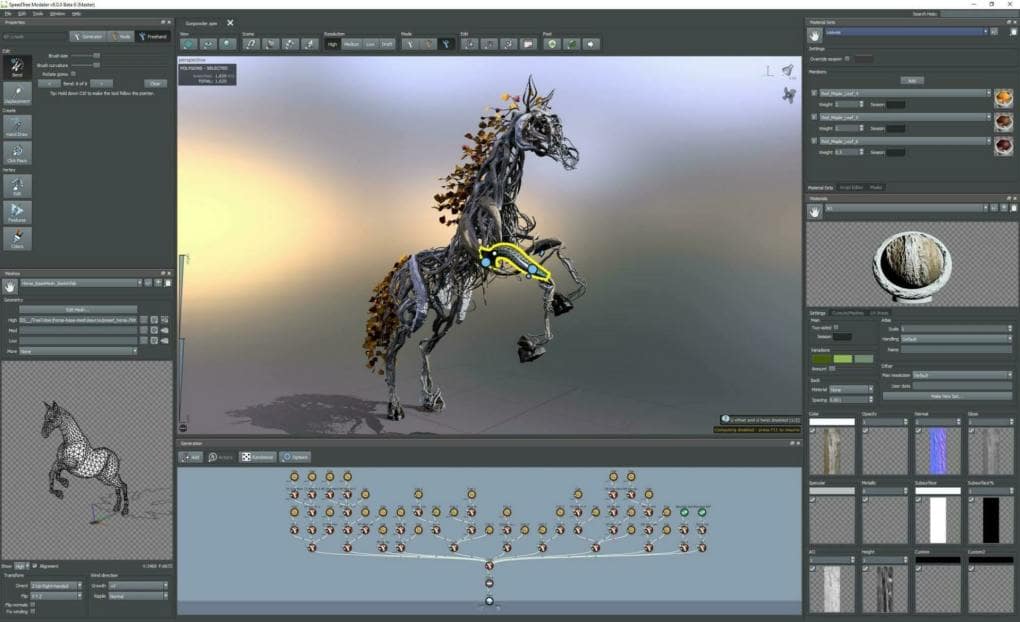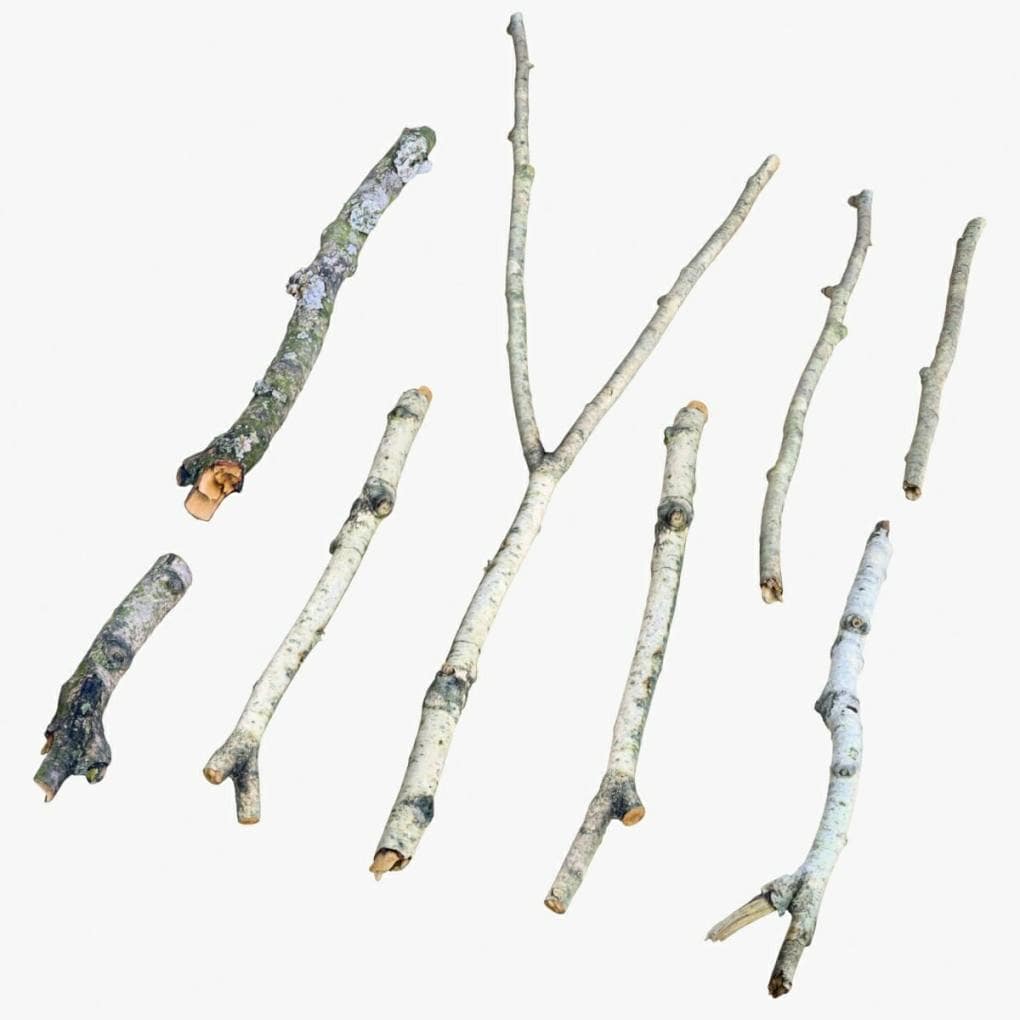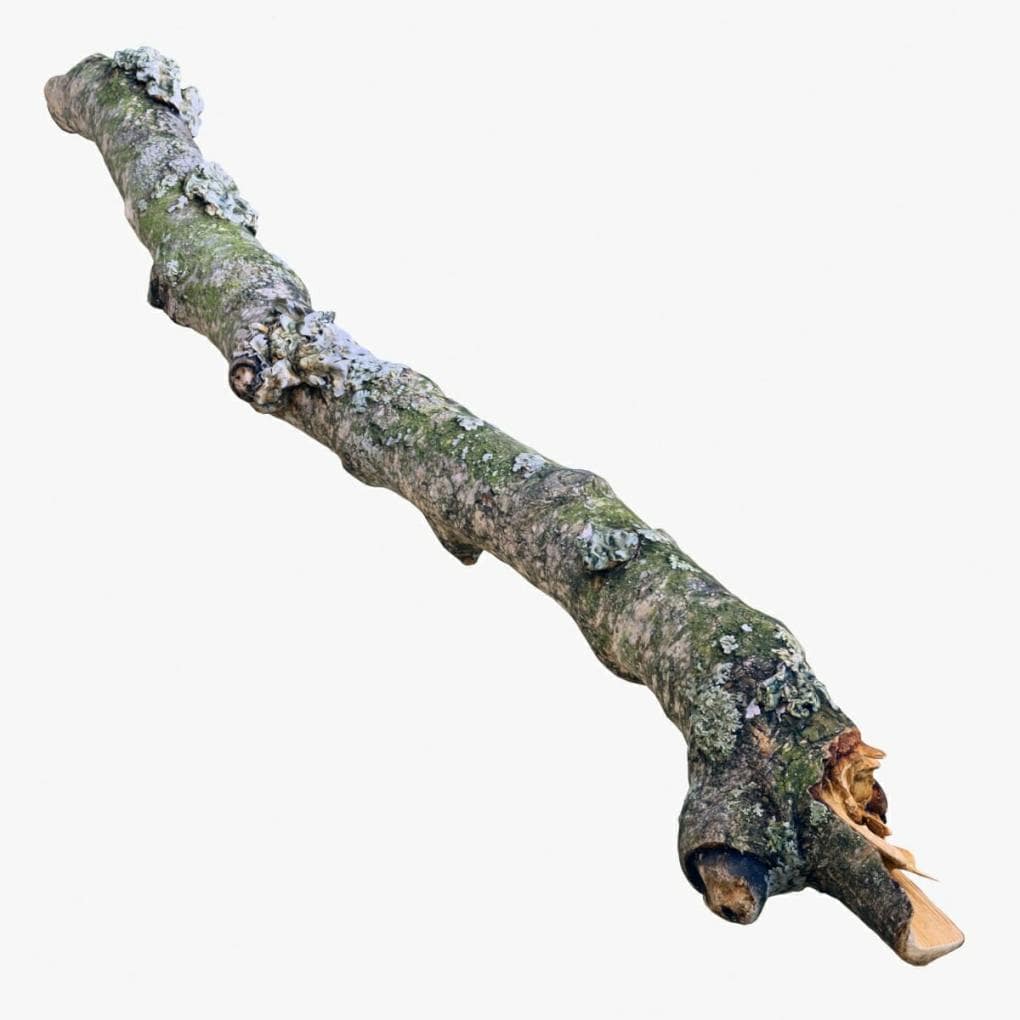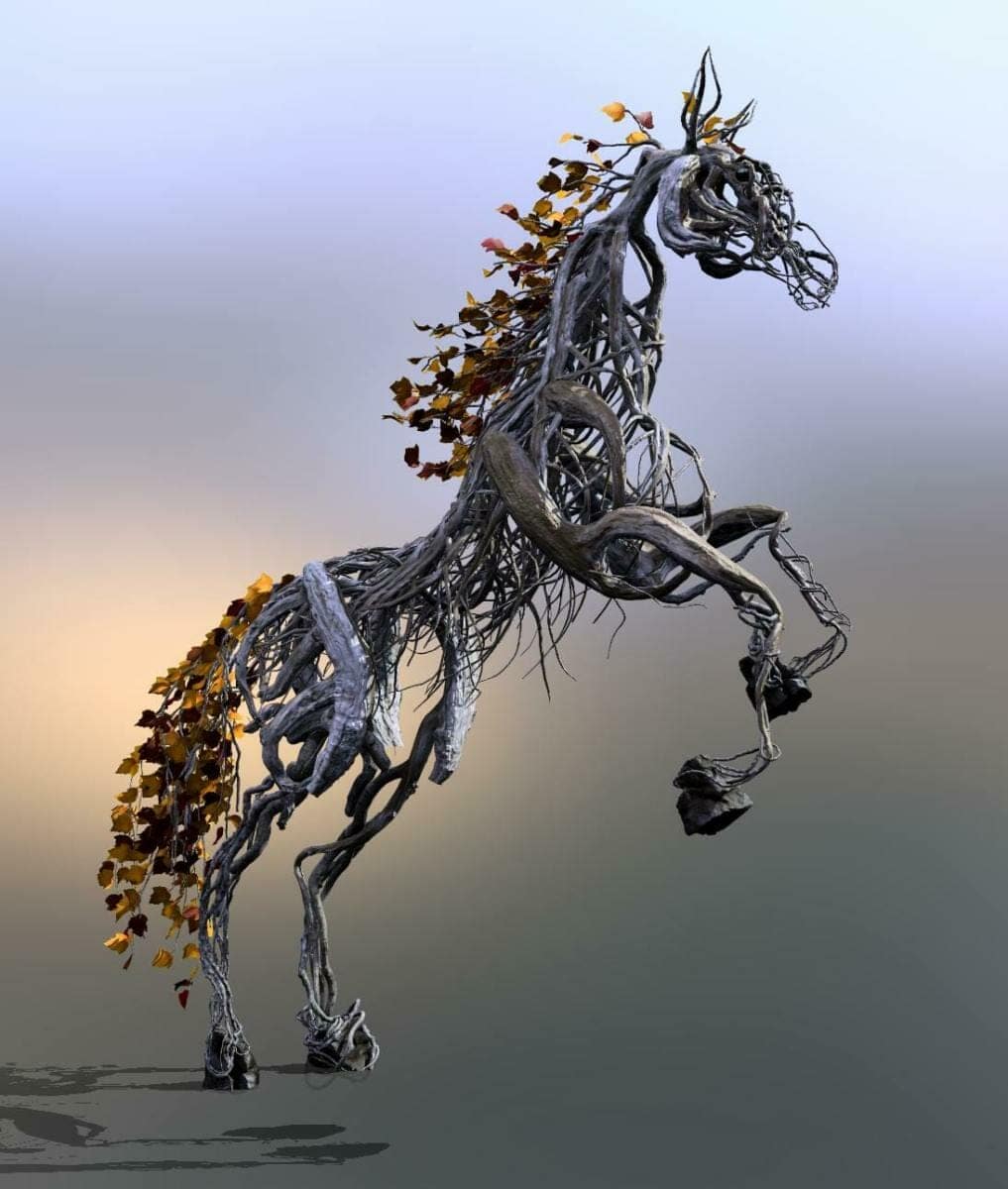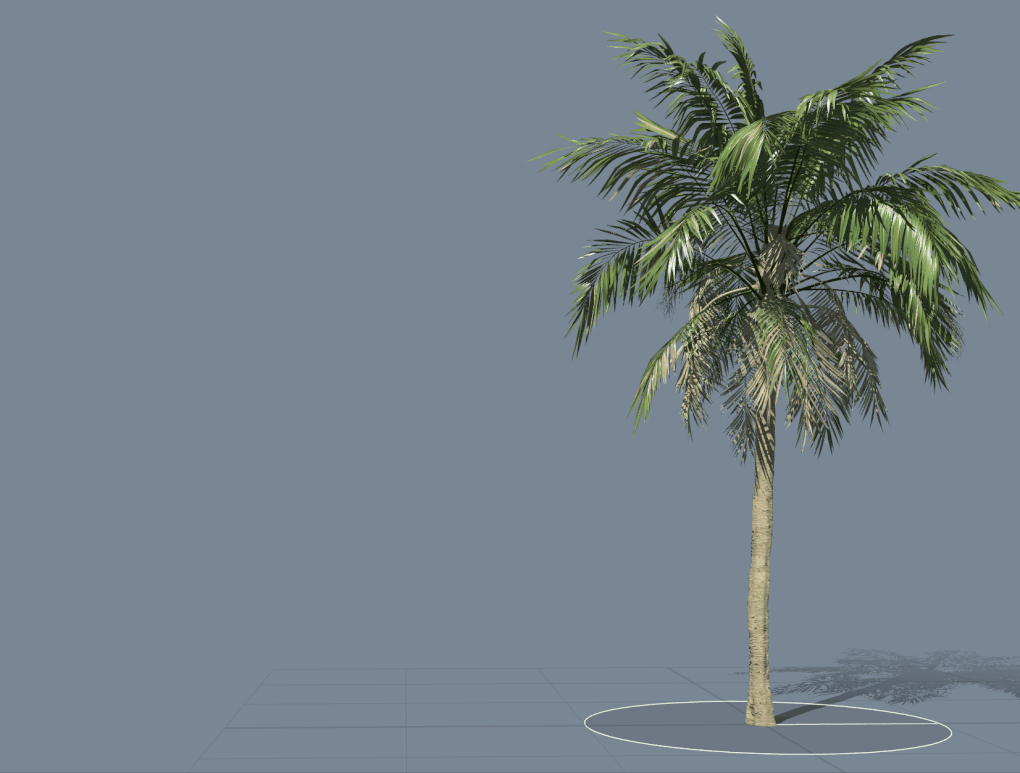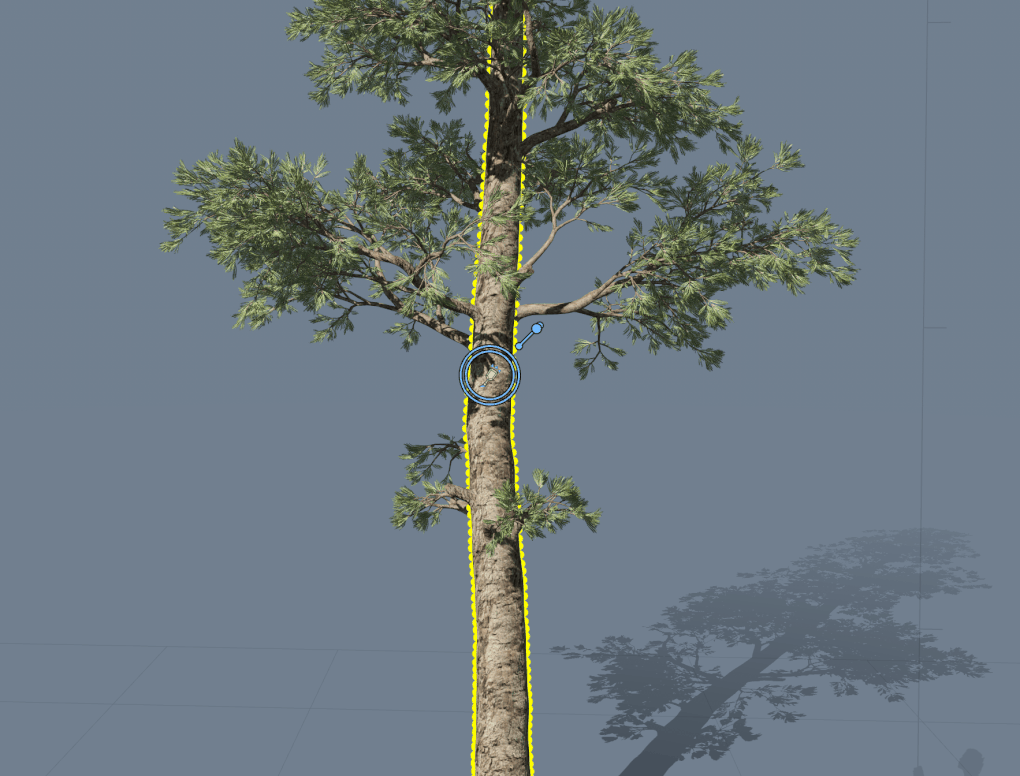Meet Gunpowder
Meet Gunpowder, a majestic 2.9 million poly, crepe myrtle horse created by our co-founder and main software developer, Michael Sechrest. While Michael’s craft is primarily writing code, he’ll occasionally switch into art mode – in this case it was to take up a dare. Earlier this month, our lead artist, Sarah Scruggs, dared him to him duel the art team for the the TreeTober challenge.
The model was a dual purpose workhorse, because the process served as a testing tool and helped the development team refine our new features. Read on to learn how Michael used SpeedTree 9 to bring Gunpowder to life.
Michael’s SpeedTree 9 Breakdown
I used the new mesh converter tool to capture my scanned assets, which included a crepe myrtle trunk that we already had and a set of branch scans I purchased from TurboSquid.
The mesh converter tool is literally made for this type of work. By capturing the height and texture detail directly from the imported meshes, I could then use them as fully procedural SpeedTree assets.
The horse started with a 4k mesh I purchased from Sketchfab; this was my guide for the entire model. Step one was shaping the horse’s spine and large muscles. From the top of the head to the tail, I used our new bend tool to “draw” the main branches; bend allowed for more control than flooding the geometry with children.
SpeedTree 9 is built to put art control front and center. This model is a great example of how being able to bend branches allowed me to create the perfect shape, providing a cleaner result than if I had started procedural and then been forced to prune the model to approximate my goal. As an artist, I know what I want the end result to look like, and the bend tool gets me there faster.
While mesh crawling is great math-wise, I preferred bending: the randomness of a crawl wouldn’t give me the base structure I needed.
After the foundational branches were in place, I used a combination of node edits, the bend tool, our new displacement tool, radial edits, and profile curves to create each leg. I procedurally filled in the horse’s torso, legs, and face by adding branch generators off of my main structure and using mesh crawling. This combination of the new v9 freehand tools and our procedural generators is what made this model so successful.
Rocks from Quixel Megascans were used as mesh forces to form the hooves and craft leg branches; this helped give the legs their initial structure. In areas where I didn’t need as much detail or control, a magnet force did the trick.
A key factor in creating the legs was dealing with collision between the branches. I handled this with SpeedTree 9’s new geometry forces, an improvement on our v8 collections that accepts models. Geometry forces allowed me to add branch layers that were set to collide with themselves and their parents, but not nearby objects.
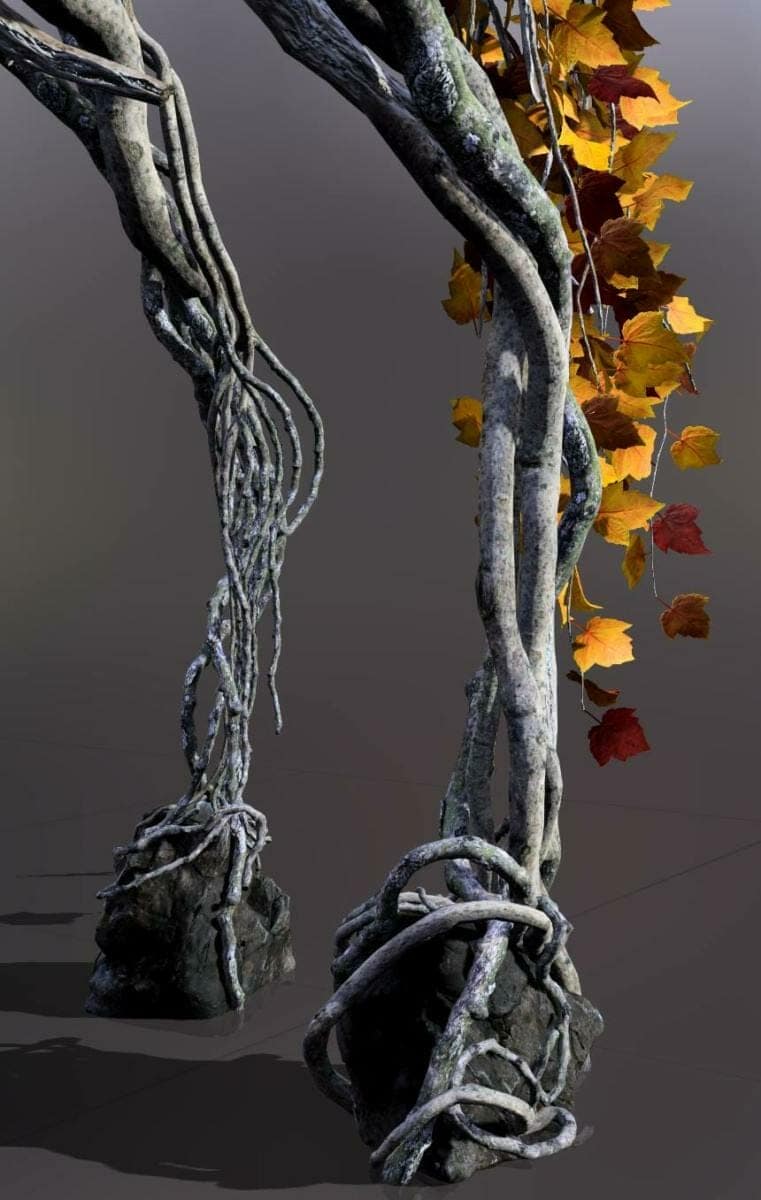
While using a branch generator to create small vines to hold the shape of the legs, I enabled “reject mesh escapees,” a new setting that addresses a problem from v8. In v8, child vines would often escape your mesh force, creating a challenging situation that required pruning the escaped strands. The “reject” setting simply lops off, or tosses, those escapees, making the generator more intuitive and responsive to your mesh.
This same technique was used for the branches around the eyes and snout of our equestrian friend. The collision parameters for mesh crawling were fine-tuned in this area so the exact shape of the “snoot” came out with no stray lines.
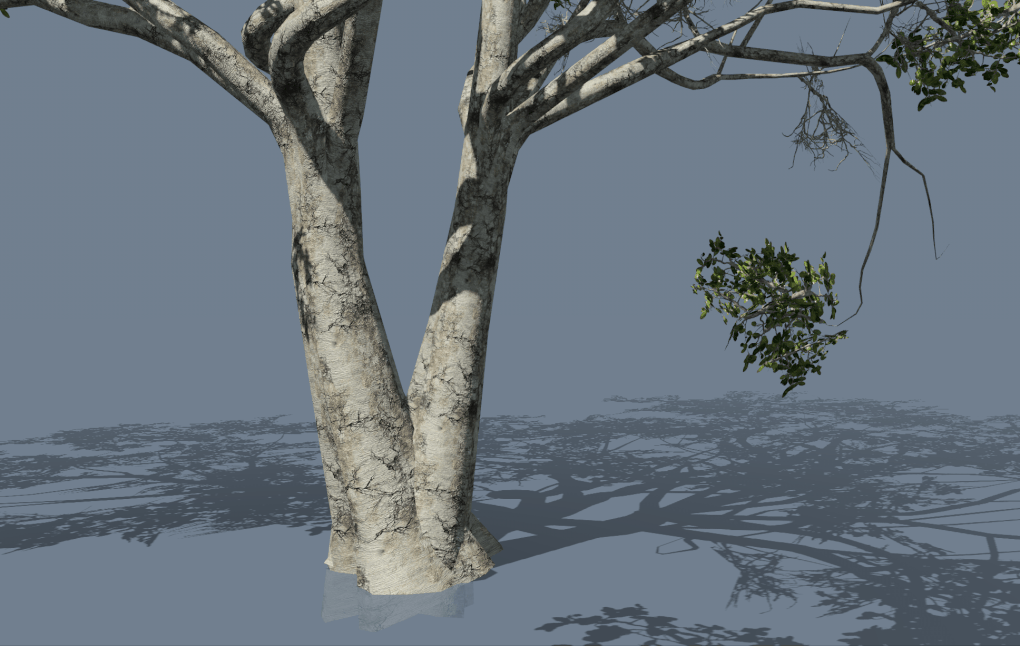
GIF from v9 highlighting the new geometry forces
Gunpowder’s eyes and jawline were molded with the bend tool and sphere meshes, and extra detail work, like small bulges and grooves, was done with painted displacement. Aside from being able to quickly preview accurate lighting, using HDRIs in our new lighting setup breathes more life into render photos and the viewport. I used an HDRI for more detailed lighting to give the eyes an extra equine twinkle.
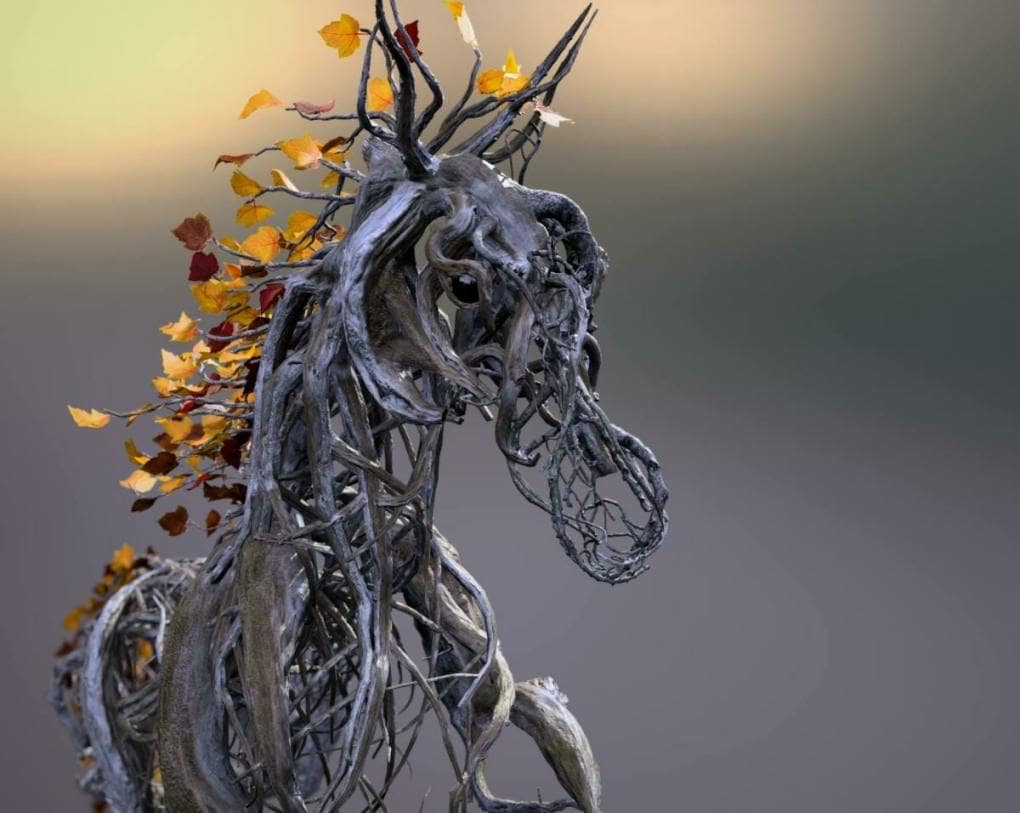
Across the model, I added detail by enhancing bumps, dents, and knots with feature vertices. Feature vertices are new to v9 and lets you add detail where you need it; the vertices are added via the material bar and will tile normally across the model.
-Michael Sechrest
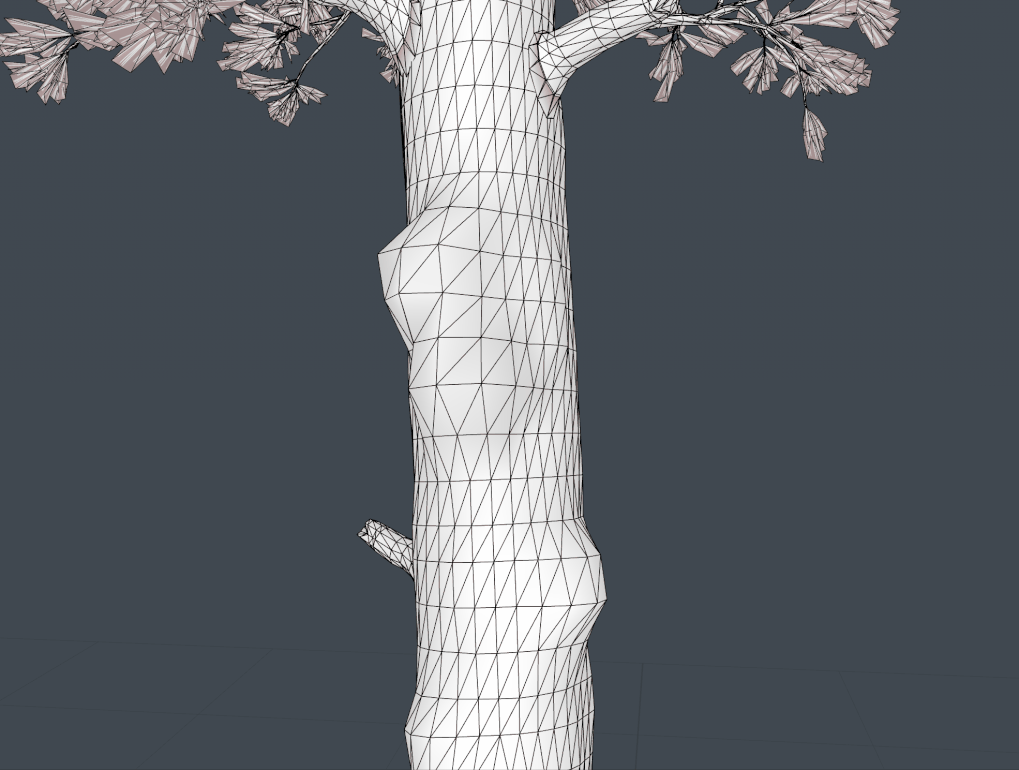
GIF from v9 highlighting the feature vertices
Developing a Toolkit with Artists in Mind
At the end of the day, developing new features for a complex software comes down to the art. By taking a project like Gunpowder from start to finish, we can make sure that the modeler is running just how we want it and find best-practices for using it. If we’re crafting a new model and find a sticking point, that’s a fresh source of inspiration for tackling a new feature or breaking down an artistic barrier.
Our primary focus in SpeedTree 9 is to open up the full range of our procedural tools so artists are free to play with their models and make intuitive changes. Whether you’re creating a demon pony from a mesh or modeling a hyper- realistic tree, the tools you need are right there, ready to use. In Michael’s case, the tools are right there, ready to help you brag about your skills to the art team.
You can see more SpeedTree 9 during our livestreams or on our YouTube channel. Want a v9 demo for your team? Contact us at Support@SpeedTree.com to set one up!
Stay in touch with SpeedTree:

